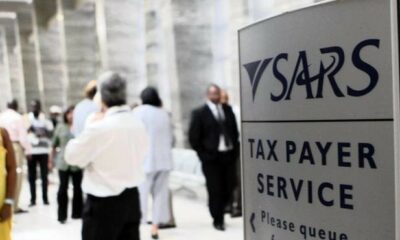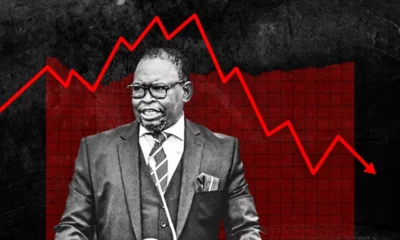News
South Africa’s Great Balancing Act: Stabilizing Debt vs. Igniting Growth

For the first time in a decade and a half, a glimmer of fiscal hope is emerging for South Africa. The National Treasury’s relentless focus on controlling spending is poised to achieve a critical goal: stabilizing the government’s runaway debt burden. But achieving stability is one thing; building a thriving economy on that foundation is another, far more difficult challenge.
The nation now stands at a make-or-break moment. The hard-won fiscal discipline has created a platform, but the question remains: can South Africa use it to launch a period of growth fast enough to cut debt, create jobs, and improve lives?
The Good News: A Foundation of Fiscal Control
According to Stanlib chief economist Kevin Lings, the upcoming Medium-Term Budget Policy Statement (MTBPS) is expected to bring encouraging news. Due to better-than-expected tax collection and controlled expenditure, the government is likely to report a revenue overrun of R20 billion to R30 billion.
This means the budget deficit will be smaller than projected, and the primary surplus (revenue minus non-interest spending) will be larger. “This is very encouraging considering South Africa’s economic growth,” Lings noted. This progress puts the country on track to finally stabilize its debt-to-GDP ratioa crucial first step back from the fiscal cliff.
The Next Challenge: The Growth Imperative
However, stability is not the endgame. To truly reduce the debt burden and create millions of jobs, South Africa’s economy needs to grow at a much faster rate. This creates a new and complex problem for the Treasury.
The current strategy of fiscal consolidation has involved limiting spending increases. But to supercharge growth, the state needs to increase investment in infrastructure, crowd in private investment, and spend more efficiently. Critically, this new spending must be financed through increased tax revenue from a growing economy, not by borrowing and reversing all the recent progress.
“This is this constant desire for the economy to do a lot better, and in order for the economy to grow faster, the government would have to spend significantly more,” Lings explained. “But, the government is under significant constraints from its own fiscal parameters.”
Unlocking the Private Sector’s Trillion-Rand War Chest
The solution lies beyond government spending alone. The key to unlocking faster growth may be in the hands of the private sector. South African companies are sitting on a massive cash reserve of over R1.8 trillion, waiting on the sidelines for the right conditions to invest.
The successful model is clear. In the electricity sector, deregulation and enabling policies unlocked a flood of private investment in generation capacity. The same potential exists in logistics and at the municipal level, though reforms there are moving slower.
The path forward is a delicate balancing act. First, maintain the fiscal discipline that has brought debt under control. Then, use that credibility to implement growth-friendly reforms that give businesses the confidence to deploy their trillion-rand war chest. It is this combinationa responsible state and an unleashed private sectorthat will determine whether South Africa’s current stability becomes a genuine springboard for prosperity.
{Source: IOL}
Follow Joburg ETC on Facebook, Twitter , TikTok and Instagram
For more News in Johannesburg, visit joburgetc.com



























